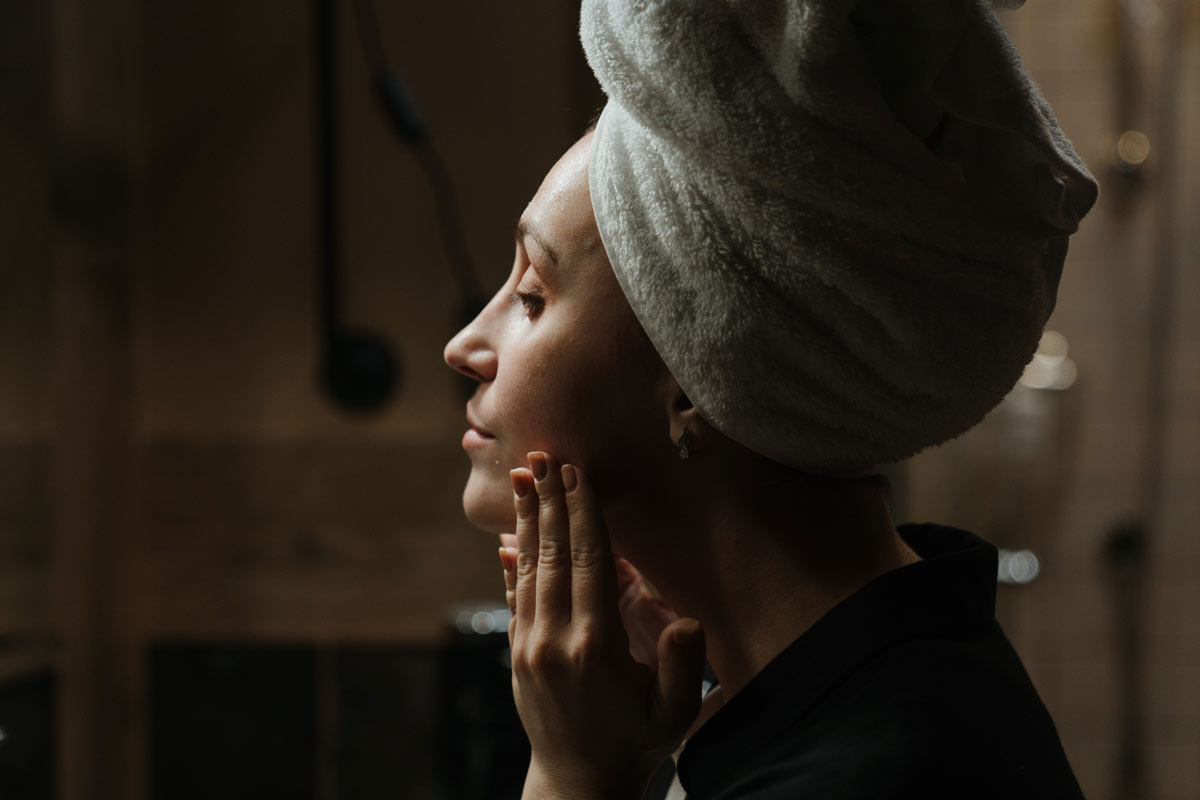Is Vitamin A and Peeling Skin Normal?

Vitamin A has long been the gold standard product for anti-aging, and for good reason. It’s a rockstar ingredient, giving your skin the extra little kick it needs to stay healthy, exfoliated, and even keep breakouts at bay. There’s just one little problem – Vitamin A and peeling skin is common during the initial adjustment phase.
So what does Vitamin A do, and why do Derms love it?
There are many forms of products containing Vitamin A— retinoids like Retin-A, Tretinoin, Adapalene, Differin and Tazorac are a few examples. Retinols also contain derivatives of Vitamin A, although they are over-the-counter and typically less effective.
Vitamin A has over 20 years of studies. It speeds up your skin cell turnover allowing old, dead layers to reveal new, healthy ones. In fact, Retin-A is the only FDA approved topical treatment for wrinkles. When patients use Vitamin A it stimulates the skin to generate collagen and hyaluronic acid, resulting in firmness and fullness. This constant cell turnover leads to improvements in wrinkles, hyperpigmentation, acne and even a reduction of precancerous lesions called Actinic Keratoses.
This increased skin cell turnover is exactly why you notice peeling skin. Vitamin A and peeling skin is normal, because it’s actually trying to peel away those old skin layers. There is always an initial adjustment phase where Vitamin A and peeling skin is normal and to be expected. If you experience peeling skin a few weeks after beginning Vitamin A you may be using it incorrectly. You do not have to experience peeling to reaping the full benefits of Vitamin A.
How To Reduce and Prevent Peeling Skin
• Vitamin A should be applied in the evening after cleansing. Do not apply to the eyes or lips.
• A common mistake with Vitamin A is using too much product. A green pea-sized amount is plenty to cover the entire face. Apply by dotting it around then gently connecting the dots with your fingertips. Start at the forehead and work your way down.
• There is an adjustment period to Vitamin A, and you won’t be able to follow the “nightly use” instructions to begin with. Start by using your Vitamin A 2-3 times per week for 2 weeks then gradually increase by adding 1-2 nights for another 1-2 weeks.
• A quick google search will tell you to work your way up to a nickel size amount. In this instance – steer far clear of Dr. Google’s advice. No matter how many years you’ve been using Vitamin A you do not need to increase past a green pea size amount. If you feel you are no longer getting maximum benefit, consider a stronger percentage.
• Mix your Vitamin A with a little moisturizer to reduce peeling.
We often hear about patients frequently starting and stopping their routine to avoid Vitamin A and peeling skin. The problem? By doing this they are actually creating more irritation! Try to be consistent and realize peeling skin is a part of the process. On the bright side, after your skin acclimates, you’ll be thrilled you stuck it out! For persistent or severe red and flaky skin consult your dermatologist. To learn more about medical-grade skincare, you can request a consultation.
